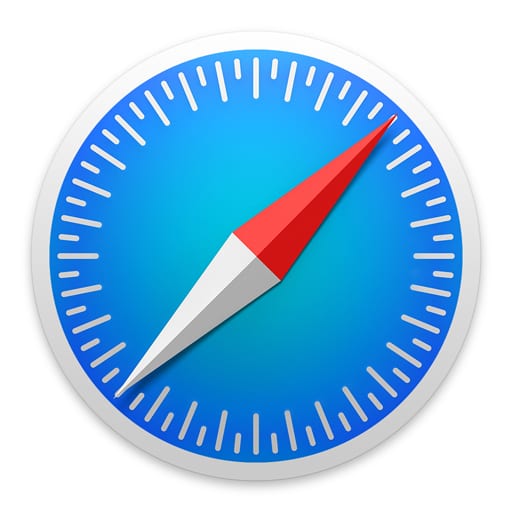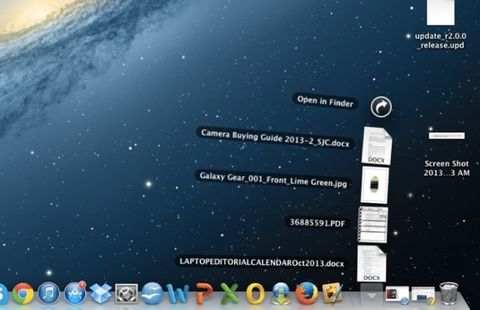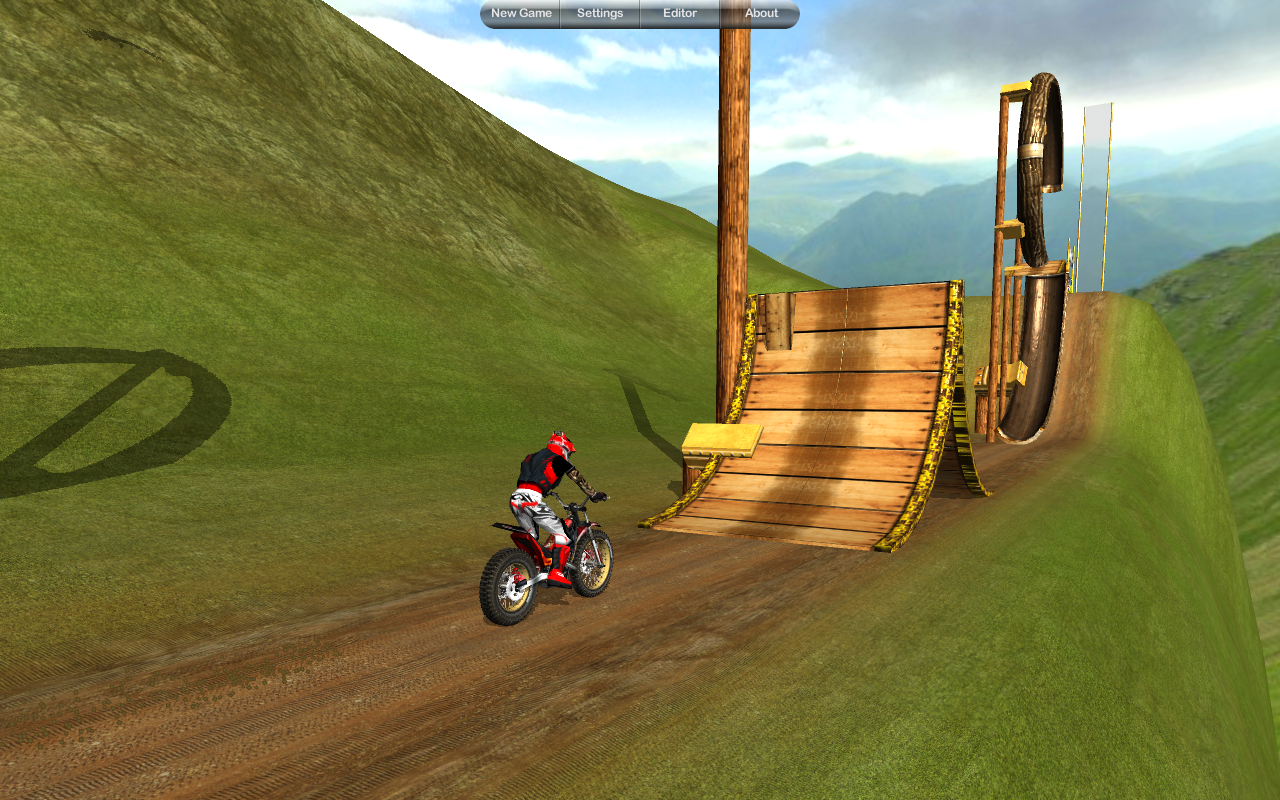- Where To Find Downloaded Files On Mac Computer
- Download Folder On Mac
- Where Do I Find Downloaded Files
- Where To Find Downloaded Files On Mac Os
Jul 07, 2020 That’s pretty much all there is to it. Gemini 2 will delete duplicate files in your Photos, Downloads, Mail Downloads, iTunes, and all the other locations on your disk. It’s by far, the easiest and fastest way to find and delete all of the duplicates on your Mac. Find duplicate files with a Terminal. The Downloads Stack and Downloads Folder: By default in OS X Yosemite, downloaded content is.
When you download an app from Adobe.com, you can choose a location to save the downloaded files. If you can’t remember where you saved them, try the following solutions.
Check the location where your browser automatically saves downloaded files:
Check the Downloads Folder to Find Files. Too often, Mac users download something from the internet and later realize that the downloaded document disappeared on Mac. If you also think that the Mac download folder is missing, then consider following these quick steps. Choose “Lost File Recovery” option and proceed to next step. Step 2: Choose the drive where the downloaded Zip files were kept and click the Next button. Scanning of the selected drive takes place and a list of recoverable files will be displayed. Step 3: Choose the required files format and again click Next. Step 4: Once the selected files. Applications, Music, TV, Messages, and Books: These categories list files individually.
- Safari (macOS): Choose Safari > Preferences. In the General tab, the download location is in the Save Downloaded Files To setting.
- Google Chrome: Choose Settings > Advanced. Under Downloads,you can access the Download location setting.
- Internet Explorer (Windows): C:...[user name]My DocumentsDownloads, or C:...[user name]Downloads
- Firefox: Choose Firefox > Preferences (Mac OS) or Tools > Options (Windows). In the General tab, look in the Downloads area. The download location is in the Save Files To setting.
- Microsoft Edge: Select Settings and more > Settings . Then select Downloads in the left sidebar. The download location is under Location.
Check the Downloads window (Firefox, Safari, Chrome)
Firefox and Safari track the progress of files they download. If Firefox or Safari managed the download, check the Downloads window for the location of your downloaded files:
- Firefox: Choose Tools > Downloads, or press Ctrl+J (Windows) or Command+J (Mac OS). Right-click (Windows) or Control-click (Mac OS) the downloaded file, and choose Open Containing Folder (Windows) or Show in Finder (Mac OS).
- Safari (macOS): Choose Window > Downloads or press Option+Command+L. Control-click the downloaded file and choose Show in Finder.
- Google Chrome: Choose Settings > Downloads or press Ctrl+J. Click the Show in folder link under the downloaded file.
Find downloads for apps purchased from a retailer
Subscription apps: Adobe provides installers for only our current apps and the previous major version of each. For more information, see Adobe software support guidelines.
Non-subscription apps: If your account is still active and you have purchased your app directly from Adobe or registered it, you may be able to download from your account. Note that you can only find installers for apps you have registered.
If you can’t find your downloaded file, try the download again. Or, see any of the following for more help, depending on what you are downloading:
- Resolve Acrobat Reader download issues
If you stil cannot find your apps, visit the Adobe Community for help from other customers.
More like this
While most Macs have a decent amount of storage space, it’s not unlimited. So, you have to be smart about what you’re saving. And duplicate files are only a waste of space. But finding and deleting those duplicates requires an extreme amount of patience or an app that will find those duplicates for you.
Keep reading and you’ll learn how to clean your Mac of duplicates both with an app and manually. The methods you’ll be reading about include:
- Duplicate file finder app
- Terminal commands
- Smart folders in Finder
Why is my Mac duplicating files?
There are a ton of reasons your Mac could be loaded with duplicate files. Maybe you’ve imported the same photos from your camera multiple times and didn’t realize it. Or you couldn’t find a file you were sent, so you just re-downloaded it. Duplicates are a normal part of using a computer, which is why you should regularly check and clean your Mac for duplicate files.
How to find duplicate files on Mac
Over time your Mac is going to fill up and run out of storage space. And most likely, duplicates that take up a good amount of your valuable space. Sure, you can try to sort through all of your files, searching for those duplicate documents, photos, and music files. But if your hard drive is already full, that means you’ve got a lot of files to sift through. And it’s going to take you a very long time to go through them one-by-one.
1. Delete duplicate files with Gemini 2
There are a ton of duplicate finder tools out there, but we’ll take Gemini 2 as an example, because we’re 100% sure it works. Once you have Gemini 2 downloaded and installed, just follow these steps to scan all of the folders on your Mac:
- Download, install and open Gemini 2.
- Click the + > Choose Customer Folder...
- Then, select your hard drive. Unless you’ve renamed it, it’s called Macintosh HD.
- Click Scan for Duplicates.
When the scan is over (which doesn’t take long), you get two options: Review Results and Smart Cleanup.
Smart Cleanup means you’ll automatically delete all of the files Gemini 2 thinks are duplicates, leaving the originals in place. While Review Results will allow you to do exactly what it suggests. You’ll be able to see all of your files and select which ones you want to delete.
That’s pretty much all there is to it. Gemini 2 will delete duplicate files in your Photos, Downloads, Mail Downloads, iTunes, and all the other locations on your disk. It’s by far, the easiest and fastest way to find and delete all of the duplicates on your Mac.
2. Find duplicate files with a Terminal

Before you jump into Terminal headfirst, you should only do it if you're comfortable and know your way around Terminal. It’s a powerful tool that can mess up a lot if you don’t know what you’re doing. We’ve tested the steps below and nothing bad happened, but you should still be careful and double check everything you type into the command line.
So, here’s how you search for duplicate files with Terminal:
- In Finder, go to Applications > Utilities > Terminal to open it.
- Navigate to the folder you want to scan with the cd command. For example, if you want to scan Downloads, type in cd ~/Downloads and hit Enter.
- Copy and paste this command:
find . -size 20 ! -type d -exec cksum {} ; | sort | tee /tmp/f.tmp | cut -f 1,2 -d ‘ ‘ | uniq -d | grep -hif – /tmp/f.tmp > duplicates.txt and hit Enter.


This will create a text file in the folder you’ve specified, with a list of your duplicates inside. But, there are two things you should keep in mind:
- This terminal command overlooks a lot of duplicates.
- You’ll still need to locate those duplicate files and sift through them to separate the copies from the originals.
So, this command is more like a crystal ball: it gives you hints, but you still have to go and do the sorting and deleting manually. Which brings us to another option, that will do a little more of the work for you.
Sometimes files won’t be flagged as duplicates because they have slightly different file names. But every file has what’s called an md5 hash, which is a unique identifier that stays with the file. So even if you move or rename a file, it’s md5 hash will remain the same.
Similar to the Terminal command above, you can generate a list that shows the md5 tag to verify all of the duplicates in a particular folder. Follow the steps below to create that list.
- Open Terminal from the Utilities folder.
- For this example, we’ll scan the Documents folder. Type into the Terminal window: ~/Documents.
- Copy and paste this code:
find ./ -type f -exec md5 {} ; | awk -F '=' '{print $2 't' $1}' | sort | tee duplicates.txtand then hit enter. - Then, open a Finder window and navigate to your Documents folder.
- Open the Documents.txt file.
This generates a list of all of the files in the folder you’ve specified, but you’ll at least be able to see the md5 tags to know which files are copies of each other.
3. Find duplicate files on Mac using Smart folders
The truth is duplicate files can live anywhere on your hard drive, which makes finding them that much trickier. But thanks to a feature in Finder called Smart Folders, you can narrow your search down based on specific criteria. Say you want to search all of the documents on your Mac, then you’d follow these steps:
- In a new Finder window, click File > New Smart Folder and make sure This Mac is selected.
- In the top-right corner, click +.
- From the first drop-down menu, select Kind and in the second drop-down, choose Documents. Then, click Save.
- A pop-up window will come up, letting you name the folder and choose where to save the Smart Folder.
- From there, you can see all of your documents. Click to order the files by either name, size, or date created to help you quickly spot duplicates.
- Select the files you want to delete.
- Right-click (or hold down Command and click) and then click Move to Trash.

How to locate duplicate files using Smart Folders
While using Smart Folders is a lot faster than hunting through your entire hard drive for duplicate files, it still requires a bit of patience. Manually going through each of your files one-by-one can take some time, even after you’ve narrowed them down.
4. Find duplicate pictures in your Photos library
You move a bunch of new photos onto your Mac, import them into Photos, and start sorting them out. What you probably don’t know is that all of those pics now exist in two copies: one in the initial folder (say, Documents), and one in Home > Pictures > Photos Library. So, the best thing to do is to use the import features in either iPhoto or Photos.
Now, how do you find these duplicate photos and get rid of them? Depends on how much you rely on Photos for viewing and organizing your pics. If you never liked the app anyway and have backups of all pics in other folders, just go ahead and empty the Photos library. Remember two things here, though:
- Delete your pics in Photos only when you’re 100% sure you have copies of them in another folder.
- When you delete duplicate files in Photos, they are not removed — just moved to a Recently Deleted folder. Meaning they’re still taking up storage space. So, don’t forget to empty your Recently Deleted folder too.
Find similar photos in Photos
If you are using Photos to store and organize your pictures, keep in mind that it only displays files stored in Home > Pictures > Photos Library. So, if your pics are duplicated, you’ll have to remove the copies that are stored elsewhere. Here’s how you can find them:
- In Photos, open the Photos tab to see all your pics sorted by date.
- In Finder, open All My Files to view all your pics in bulk, not in a dozen individual folders.
- Sort the files by Date Created, so that your pics in Finder are listed more or less in the order they’re listed in Photos.
- Now comes the tedious part. Take a group of pics in Photos, created within the same day — say, April 17, 2015. Go to Finder, spot the 2015 section, and find that identical group of pics (they will be located together, so you just need to look carefully).
Where To Find Downloaded Files On Mac Computer
Repeat step 4 for all the pictures you have in your Photos library. That way, you’ll find and remove the duplicate photos that are stored in other locations, and keep only the pics in your Photos library.
You’ll quickly see how long it will take you to find and delete your photos manually. But if you used an app like Gemini 2, it can do most of the heavy lifting for you. Plus, you’re able to review all of the duplicates Gemini finds or just delete them all with one click. The best part is you can download Gemini 2 for free and see how it works.

Download Folder On Mac
5. How to find duplicates in Mail Downloads
Here’s a common scenario: a colleague emails you a document, and you open the attachment in Mail to take a look at it. You’re going to need this file, so you download it onto your Mac for safe keeping. No duplicates, nothing to talk about here. Right?
Not exactly. See, the Mail app has quietly downloaded this attachment the moment you opened it, and stashed it in its very own downloads folder. So, now you have two copies of the same file on your Mac.
The Mail Downloads folder is not particularly easy to find. You really have to know where to look to get to it. Follow these steps to access it:
- Open Finder.
- In the Menu bar, click Go > Go to Folder…
- Type this address:
~/Library/Containers/com.apple.mail/Data/Library/Mail Downloads and hit Go.
This will open a new Finder window where all of your Mail attachments live. The good news here is that there’s nothing to compare or sort. These files are automatically downloaded to make it faster to open the next time you need them. But all the attachments still live on your email server and can be re-downloaded at any time. Meaning, if there’s nothing you would miss, you could empty this entire folder.
How to find duplicate files in specific folders
You can also use Smart Folders to look for duplicates within specific folders. This is particularly helpful in instances when you have multiple folders in a folder. To set up a Smart Folder that searches a specific folder:
- Go to the folder you want to search in Finder and click File > New Smart Folder.
- In the Search bar at the top of the window, click the folder name.
- Click + in the top-right corner.
- Set your other search criteria and click Save.
- Then, name your Smart Folder and choose where to save it.
- Organize your files by name, size, or date created to help you see the duplicates.
- Select the files you want to delete and drag them to your Trash.
How to find duplicates of specific file types
Because you set the search criteria with each Smart Folder, that means you can search for specific types of files or files of a certain size. To create a Smart Folder for a certain type of file, like pictures, you can open a new Finder window and follow these steps:
- Click File > New Smart Folder.
- Then, in the top-right corner, click +.
- From the first drop-down menu, select Kind.
- Choose Image from the second drop-down.
- Click Save.
- Then, give your Smart Folder a name and choose where you want to save it.
- After it’s saved, you can select the duplicate files, right-click or command-click, and click Move to Trash.
How to find duplicates by file sizes
If you want to only search for files by their size, which is particularly helpful to get rid of larger duplicates, do the following:
- Open a Finder window.
- In the top right, click +.
- Click on the first drop-down to choose File Size. If you don’t see it, click Other… and then search for size, to add it to the menu.
- Set your file size criteria.
- Then you can click Save, name your folder and choose where it’s saved.
- Once your Smart Folder is created, you can select the duplicates, right-click or command-click, and then click Move to Trash.
While Smart Folders are extremely helpful in finding and deleting duplicates on your Mac, it still requires you do a lot of it manually. Which leaves room for error and not to mention how much time it will take you to remove files one at a time.
Where Do I Find Downloaded Files
The alternative to deleting duplicates manually is to use an app Gemini 2. It quickly scans your entire hard drive or individual folders, presenting you with the duplicate files to review. Or you can even choose to use the Smart Cleanup feature, which will automatically delete duplicates and leave the original files in their place.
Where To Find Downloaded Files On Mac Os
Hopefully, this article helps you clean up your Mac and remove those sneaky duplicate files that are eating up all of your storage space.